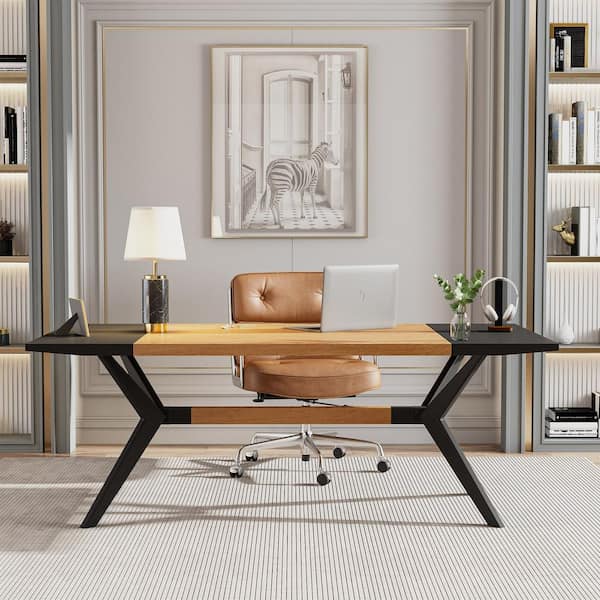Discovering Various Layouts for Dining Room Table Legs to Suit Your Aesthetic
Discovering Various Layouts for Dining Room Table Legs to Suit Your Aesthetic
Blog Article
A Thorough Take A Look At Table Leg Styles: Locating the Suitable Match
Choosing the right dining table leg design is important for both visual charm and sensible functionality. For those with bigger tables, trestle legs ensure strong assistance, whereas hairpin legs present a mid-century modern vibe with their minimal layout. The x-shaped legs blend modern design with enhanced stability.
Typical Four Legs
Among the different types of dining table leg designs, the typical four-leg layout stays an ageless option for numerous homes. Four legs give well balanced support, guaranteeing the table remains stable and qualified of birthing considerable weight (dining room table legs).
From an aesthetic perspective, the typical four-leg layout can be quickly adapted to numerous indoor styles. Whether crafted from timber, steel, or a combination of materials, these legs can be delicately carved, sleek and minimalistic, or anything in between. Their versatility permits them to match both rustic and contemporary setups perfectly.
Moreover, the uncomplicated structure of the four-leg design promotes simplicity of movement and positioning within a room. Unlike even more complicated bases, this design lessens obstructions, giving sufficient legroom for restaurants. In summary, the traditional four-leg table leg style weds enduring style with useful capability, making it an astute selection for those seeking both kind and function in their eating furniture.
Stand Base
Frequently commemorated for its elegant and space-efficient style, the pedestal base is a recognized alternative to the standard four-leg arrangement in table leg designs. This unique base generally includes a solitary main column sustaining the table top, which can vary in type, from ornately carved wood to sleek, modern steel. Among the key benefits of the stand base is its ability to maximize legroom and seating adaptability. Without edge legs, restaurants are managed better flexibility of movement, making it a suitable selection for round and oblong tables that promote more intimate and comprehensive events.
In addition, the stand base's central support can deal with significant weight, enabling using heavier tabletops, such as marble or thick wood. This toughness paired with its visual versatility makes the stand base a preferred selection in both traditional and modern indoor setups. It can effortlessly incorporate with different style styles, from traditional sophistication to minimal modernity. The central column itself uses a canvas for complex layouts and creative expressions, adding an element of aesthetic passion underneath the table. In summary, the stand base incorporates performance snappy, making it a refined and sensible choice for diverse eating atmospheres.
Trestle Legs
Trestle legs give a robust and classic foundation for eating tables, defined by their horizontal cross-bracing and strong support beam of lights. Originating from middle ages times, this design has actually evolved yet preserved its vital framework, making it a perennial fave in both conventional and modern settings. The main trestle beam, commonly supported by two or even more vertical articles, supplies outstanding stability, permitting bigger table lengths without the requirement for added legs.
A considerable benefit of trestle leg tables is the ample legroom they use. Unlike tables with 4 corner click for more info legs, the absence of blockages at the table's sides offers unobstructed room for chairs and diners, improving convenience and accessibility. This makes trestle tables suitable for suiting larger events, whether in a dining-room or a reception hall.
From rustic farmhouse to streamlined modern designs, trestle legs can be customized to suit individual tastes. Their enduring appeal and functional benefits make trestle legs a compelling choice for those seeking both style and practicality in their dining table.
Barrette Legs

The appeal of hairpin legs exists in their simpleness and flexibility - dining room table legs. Readily available in a range of materials, consisting of steel and brass, they can be ended up in various colors to enhance various article interior styles. Whether coupled with a rustic wood tabletop or a contemporary glass surface, barrette legs easily mix functionality with a touch of vintage appeal
Durability is another significant attribute of barrette legs. Despite their delicate appearance, these legs are engineered to bear significant weight, making certain the dining table remains stable and safe. Furthermore, they are reasonably very easy to mount, making them a preferred choice for DIY enthusiasts and professional furniture makers alike.
X-Shaped Legs

Built from products such as steel, timber, or a mix of both, X-shaped legs can be tailored to match various style choices. Steel legs usually lend a sleek and industrial feel, suitable for loft-style apartments and modern-day dining areas.
Additionally, the design behind X-shaped legs makes certain also weight distribution, reducing the risk of wobbling and improving toughness. This makes them specifically fit for bigger eating tables that call for added assistance. Fundamentally, X-shaped legs mix sensible design with modern-day aesthetic appeals, making them an ageless option for diverse dining environments.
Conclusion
A thorough understanding of dining table leg styles discloses the unique qualities and advantages of each style. Trestle legs make certain robust support for bigger tables, and hairpin legs present a mid-century contemporary visual.
Report this page